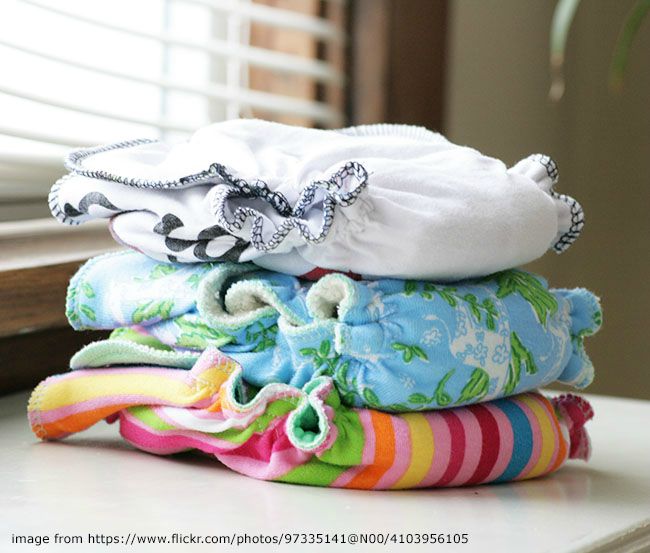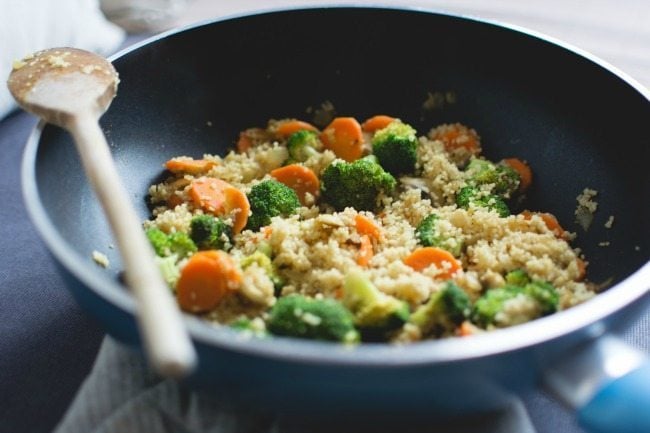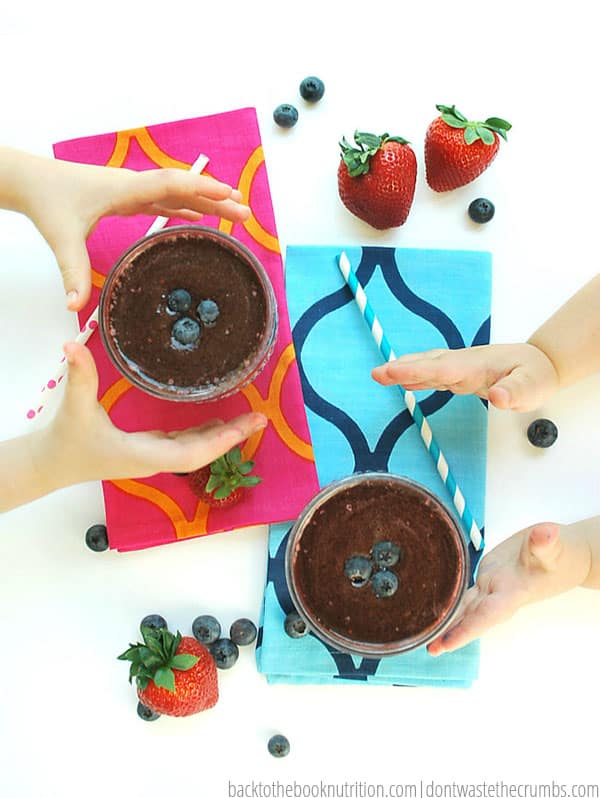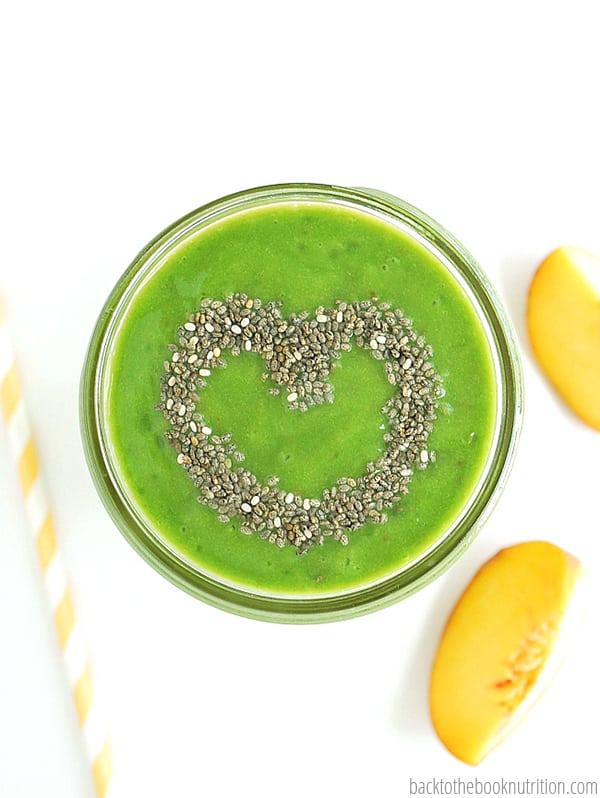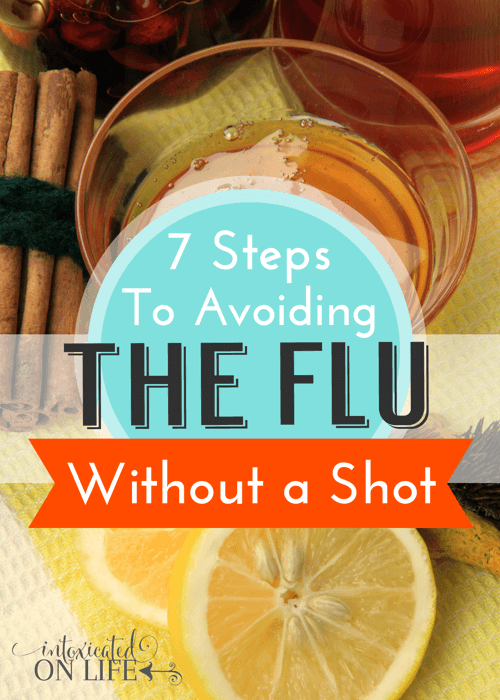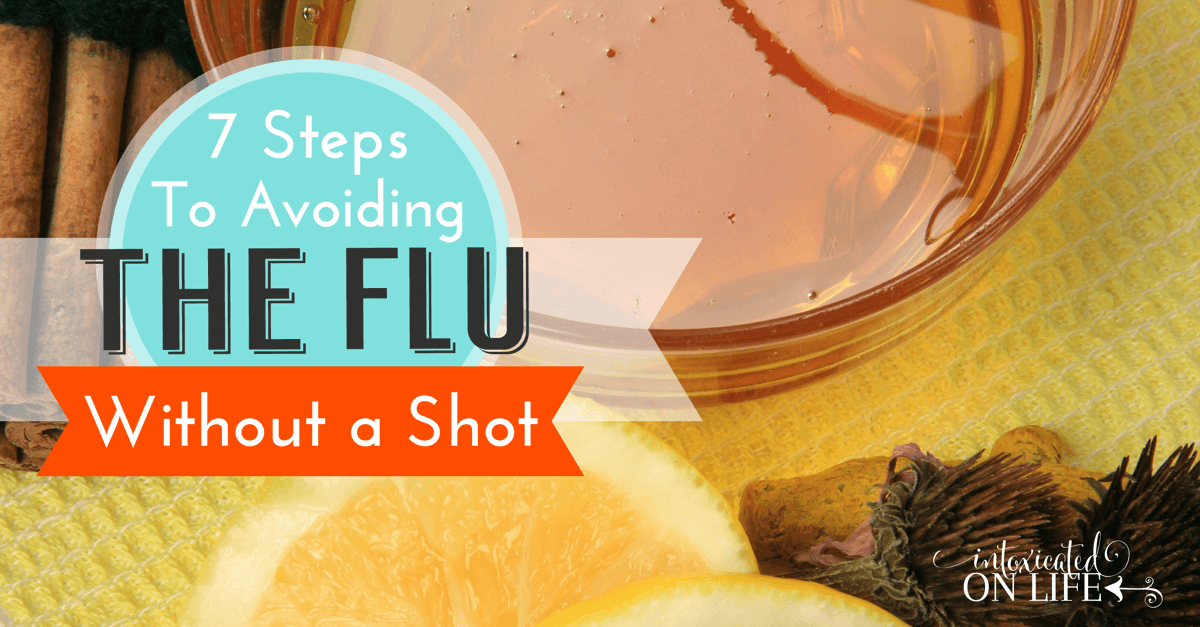
Like many parents, I struggle to get my children to eat real food –whole grains, fresh vegetables, healthy salads. There are, however, a few tricks I have learned over the years that have been successful. Here are 7 ways to get your child to love real food:
1. Bury it under something they love.
My daughter loves red sauce. So the first time I tasted spaghetti squash in tomato sauce a few years ago, I knew it would be a great way to get her to like squash. I roasted it according to a recipe I found and served under fresh, homemade tomato sauce. It was a hit! The key to this success is that squash has a mild flavor. Think long and hard about what your child’s favorite sauces or toppings are, and what milder produce or grains you can get into those dishes.
2. Presentation is everything.
By “presentation,” I mean not only how the food looks on the plate, but also how the food itself looks! My kids don’t like anything with dark colors. That means green or grape smoothies are out, but a strawberry colored smoothie is right up their alley! Then I add a dollop of fresh whipped coconut cream on top to make it beautiful and a straw . To encourage them to eat celery and broccoli, I cut them into small pieces and put them in different spots on a 12-cavity Christmas candy mold. Then I put some dip on the side and they loved it. What you call the meal or dish is critical too. A “holiday veggie feast” is much better than just a “snack”!
3. Make a big show of how much you love it.
This has yet to work on my youngest, but my 11 year old is now a fan of popcorn cauliflower because of this technique – it does help that it’s called “popcorn” since my kids cannot eat the real thing. I rave about it every time I make it – especially if I load it up with cayenne and paprika. My daughter gobbles it up.
4. Get them to prepare and cook it themselves.
One thing I can count on: they will eat anything that they put a significant amount of effort into cooking. This technique is hit or miss if they just do a little so it’s important to let go of control and let your kids take charge as much as they safely can. You may need to buy kid-friendly knives or have them place a pan in the oven before it’s turned on, for example. Don’t let a big mess upset you and do buy aprons for the kids (they love that). This also has the added benefits of teaching them critical life skills and creating great family memories.
5. Put it on their plate every night.
Carrots were a struggle for my younger daughter, but I wanted her to eat them since they can help her with critical oral sensory issues. I simply put some small carrots in a little bowl near her plate every night. After a while, she began to touch them, and then lick them. Finally came that awesome day I found her on the couch munching away at a carrot…success! Keep in mind that this process took a few months – yes, months. It requires patience and repetition but it can work.
6. Make a big show of not liking something.
We have some pretty strict rules for what we eat in my house: no gluten, dairy, soy, MSG, preservatives, dyes or GMOs, but every now and then a few “bad” food items get through. The good news is that once you have cleansed your palette of all these foods, they don’t taste very good anymore. I discovered this little trick by accident when I was eating a toxic treat I used to like that now tastes like chemicals. My kids looked at me so I made a big show of it. I’d keep it up whenever I saw the food. After a while, I noticed that my older daughter would not go near those kinds of food when we were at parties or gatherings that featured a buffet of off-limits foods.
7. Don’t sweat it too much.
The reality is that your child may not like squash or rice or beans or some other food that is one of your healthy favorites. After a year of putting it near her plate, Zoe still won’t look at spinach but she’s made progress with other vegetables. Amelia still won’t eat anything with the texture of rice, pasta or quinoa, but she loves spinach salad. Some things won’t fit your child’s taste buds and never will; other foods they will grow into. To this day, I still cannot stand either fresh fish or lima beans, but I now love chickpeas even though I hated them for a long time too.
Getting kids to love real food requires patience, care and creativity. Don’t cave into your child’s poor eating habits. Keep cooking healthy meals and find new ways to get those foods in front of them with a positive spin and you just might end up raising a real food foodie!
Original article and pictures take thesoftlanding.com site



